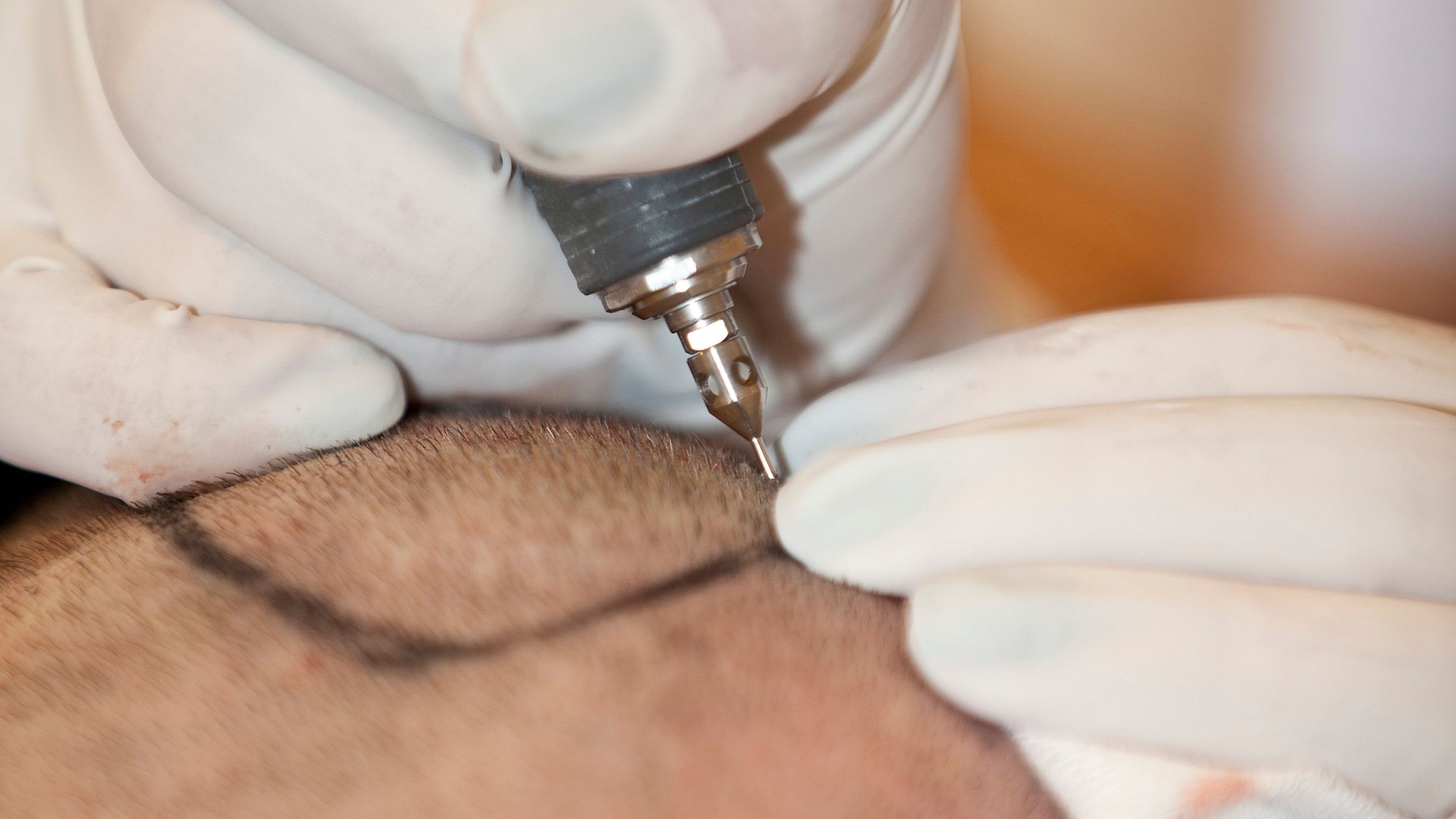The result – we regularly cleanse our skin, moisturize it, exfoliate it, and take care of its other functions as well. But is that it?
Definitely NO!
You also need an annual skin check to assess the condition of your skin. A skin check should be a part of your annual health routine without fail. This will predominantly cover the health of your skin, including the presence of any symptoms of skin cancer and other major skin diseases.
Did you know more people are diagnosed with skin cancer than all other cancers combined?
Such annual checks help prevent such major skin diseases early and can save you from expensive treatments later on.
By meeting your dermatologist annually, you will also come to know of necessary prevention measures to be free of any skin diseases.
Let us now understand what a skin screening is.
What is skin screening?
In screen screening, a dermatologist will check your skin in detail and conduct a comprehensive study of it. The doctor will look for any new and unusual growths, moles, scars, changes in color, and any other skin-related abnormalities.
Remember – Dermatologists don’t use skin screening as a direct diagnostic tool. Rather they use it to identify if you need further testing or whether you need skin biopsies. They also carefully evaluate your back and hard-to-see places to look for any form of skin-related issues or cancer.
How to prepare for your annual skin check?
It is critical to prepare for your annual skin check to make the most use of it. Here are some ways to do it –
Self-examine your skin
It is recommended that you perform a thorough self-check of your skin every month. Check your skin and note down any new or unusual changes or spots in it. You can highlight these spots to your dermatologist during the skin check. If you notice a spot that is changing over time, make sure to take a photo of that part along with its changes. Also, if you have a history of sunburns or tanning, it is recommended you meet a dermatologist more often. You should also thoroughly check your skin at least once a month at your home.
Remove nail polish
Remove nail polish from your fingers and toes before coming to the examination. This will enable dermatologists to examine the nails, fingers, and nail beds in detail – these are some of the common places where skin cancers can be formed.
Keep your hair loose
You can also do this in the doctor’s office. Make sure to remove hair clips, pins, buns, or ponytails. This will help doctors take a closer look at your scalp. Skin cancer does develop in scalps.
Carry makeup remover
You can either remove makeup at your home or bring a makeup remover kit to remove your makeup before the dermatologist examines your skin. This way, a dermatologist can examine skin around your eyes which are often sensitive and prone to skin aging conditions.
Ask questions
Most of us make the mistake of trusting online sources for many of our ailments, including skin diseases. This is a big NO. Ask your dermatologists. Ask as many questions as you want about your skin to your dermatologist. They are the best source of information you can get. Don’t forget to ask them about how to perform a self-skin examination.
What do dermatologists look for during the skin check?
Dermatologists typically look for bumps, lesions, spots, sores, and moles. Squamous cell carcinomas and basal cell carcinomas are the two most common types of skin cancer. They look like scaly patches or small nodules; these spots can be easily oozed or raised, and they bleed easily.
Mostly, basal cell carcinomas look like flesh-toned legions, sores, or brown scars. Squamous cell carcinomas are formed as rough-textured lumps. The less normal but more dangerous form of skin cancer is melanomas. They look like abnormal moles. Dermatologists identify melanomas by using the ABCDE method –
- Asymmetry: Melanomas are not formed as perfect circles.
- Borders: They have bumpy, uneven, and irregular borders.
- Colour: Melanomas are usually colored; mostly, the moles appear brownish, but when melanomas are mottled, they appear in black, red, and blue colors.
- Diameter: Melanomas are usually larger in size; they will be bigger than a pencil eraser.
- Evolving: It is known that cancer cells evolve over time, so any change in color, size, or shape will also be checked.
Who should get a skin check regularly?
As we have pointed out, everyone should get at least one skin check every year. But there are a few kinds of people who should get it more often than the rest as they are more prone to diseases like skin cancer. They are -:
- People with red or blond hair.
- People who are more exposed to the sun.
- People with skin freckles due to sunlight.
- People with a history of skin cancer.
- People with light green or blue eyes.
- People with many moles in the skin.
- People with fair skin.
- People who have sensitive skin (that gets burned easily).
What after a skin check?
Here are some essential tips to follow after your skin check –
- Make sure to apply a broad-spectrum sunscreen with SPF greater than 30. Follow this even if you plan to stay indoors.
- If you are traveling, swimming, or sweating, reapply sunscreen every two hours.
- Stay away from sunlamps and tanning beds.
- Try to stay indoors between 10 am to 4 pm.
- Apply sunscreen even before makeup, as it takes 20 minutes to take effect.
- Use sunglasses that block UV rays.
- Use wide hats when venturing out.
Final Words
Skin is the largest organ in our body, and this organ requires proper care. Regular skin checks are essential to keeping your skin looking its best. It is also vital to prevent skin diseases much before they strike you badly!












